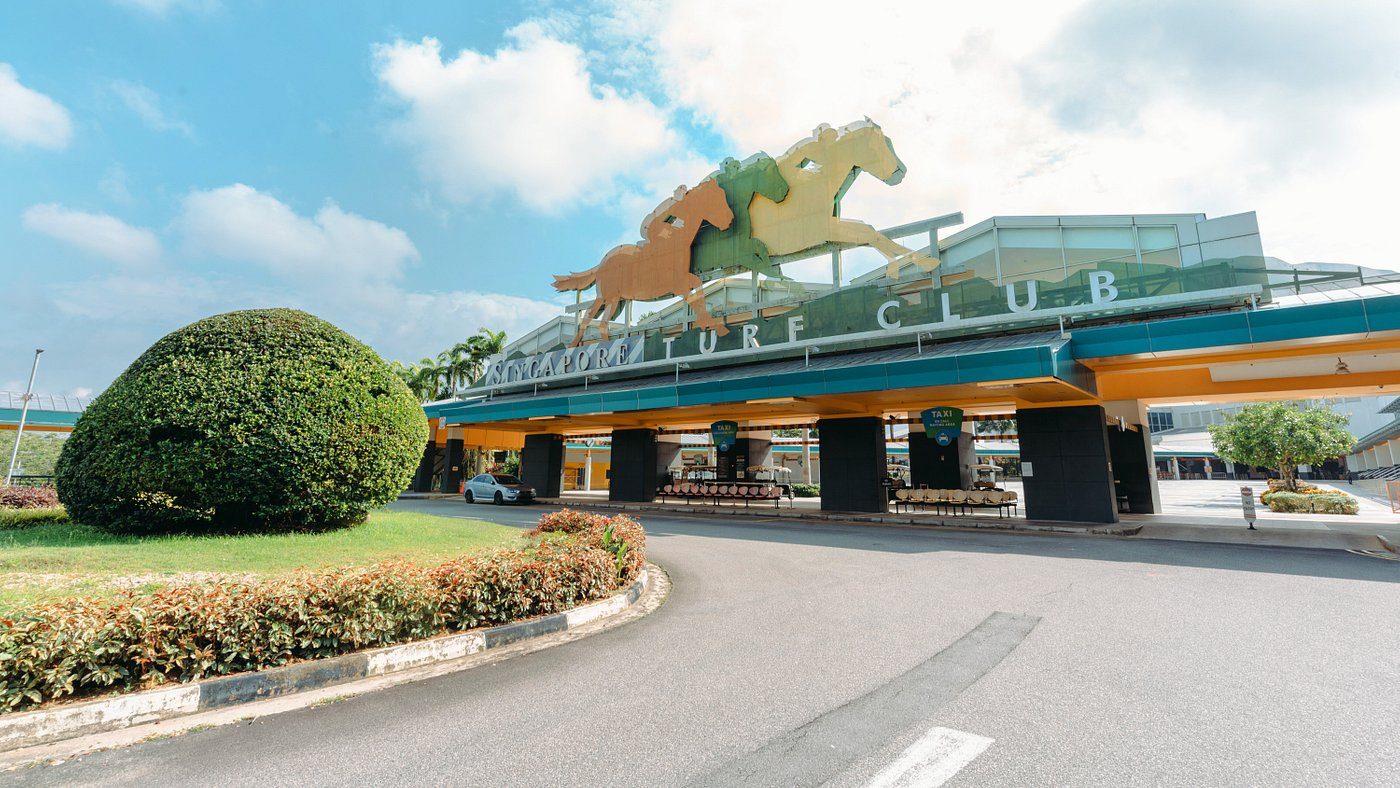One small, humble landmark and another landmark, a huge spectacular complex – a pair of buildings which will face two different fates.
Let’s take the spectacular complex first. It will vanish in the same way as the former Bukit Timah Turf Club – to make way for other developments in land-scarce Singapore.
The predecessor of the Singapore Turf Club, which saw the running of the last races on Saturday, Oct 5, Bukit Timah Turf Club had arguably a more interesting history than STC/Kranji. For a long period, the people running Bukit Timah were mostly from the private sector.
The government stepped in to take control at a later stage to enforce tighter accountability and so on and also to prevent the club from being an exclusive club for the privileged few.
Bukit Timah was – for punters and the racing fraternity alike – remarkable because it was part of a circuit where horses ran in Singapore as well as in Kuala Lumpur, Ipoh and Penang. Horses, owners, trainers and jockeys would travel from city to city every weekend.
Often, the more avid punters would also follow the circuit. There was an abundance of socialisation among the crowd. These people would have real memories of racing if the Singapore heritage people cared to do something here.
There were also more non-racing adult activities at Bukit Timah. Punters who parked their cars in the club and did not want to be stuck in the jams after the last races would just have dinner followed by drinks at the music lounge.
Because Bukit Timah was almost on the fringe of the city, somewhere in the centre of the island, getting back home was nothing like the dreary long-distance driving from Kranji.
Old-time punters would also remember the fierce rivalry between the two top trainers – Singapore’s Ivan Allan and Penang’s Teh Choon Beng. Allan later went over to Hong Kong, where he made his mark as a respected trainer of champion horses.
Somehow, racing became somewhat duller in Kranji.
It was a built from the ground situation. Foreign trainers from Australia, New Zealand and South Africa started new stables. Charles Leck and Leslie Khoo were the only non-Westerner trainers. Saimee Jumaat, champion jockey turned trainer, joined the ranks quite late.
STC tried bravely to pitch its races as an additional attraction to Singapore’s status as a vibrant international city. Singapore Airlines took part in this project, which saw the introduction of the multi-million-dollar SIA Cup.
Champion horses from around the world were invited and flown in for the big race every year. Top international jockeys came.
For a while, there was genuine excitement. But over the years, everything began to lose its lustre. Covid-19 did not help. Off-course punting and the casinos, too. The demographics of punters also had something to do with this.
Generally, the regular local punters were getting older and were a dying species. Younger Singaporeans had other things to do and were not interested in punting/racing. They probably preferred to bet on English Premier League soccer matches.
The pressure on land use was the final nail in the STC’s demise.
I personally have more nostalgia for Bukit Timah than Kranji. Ah well…
The small building which will have a future because it has escaped the demolition squad is Block 1 East Coast Road opposite the Siglap Centre.
While three other HDB blocks in the area will be torn down, Blk 1 will be retained and renewed. It was originally slated for demolition, with the adjacent blocks to make way for other developments.
But the Singapore Land Authority and the Urban Redevelopment Authority have now decided the five-storey block will remain a familiar landmark and help preserve the heritage and collective social memories of residents.
I totally support their move. Visits to each clinic, each prata shop, each beautician are part of the collective memories of residents in the whole area.
The other thing which tends to be overlooked by the LTA and URA is that junctions themselves are a collective memory. When you destroy a familiar junction which you pass through often, you disrupt the daily lived momentum and lose your bearing.
Moving forward together does not mean lurching forward like a crazy elephant.
Tan Bah Bah is a former senior leader writer with The Straits Times. He was also managing editor of a magazine publishing company

